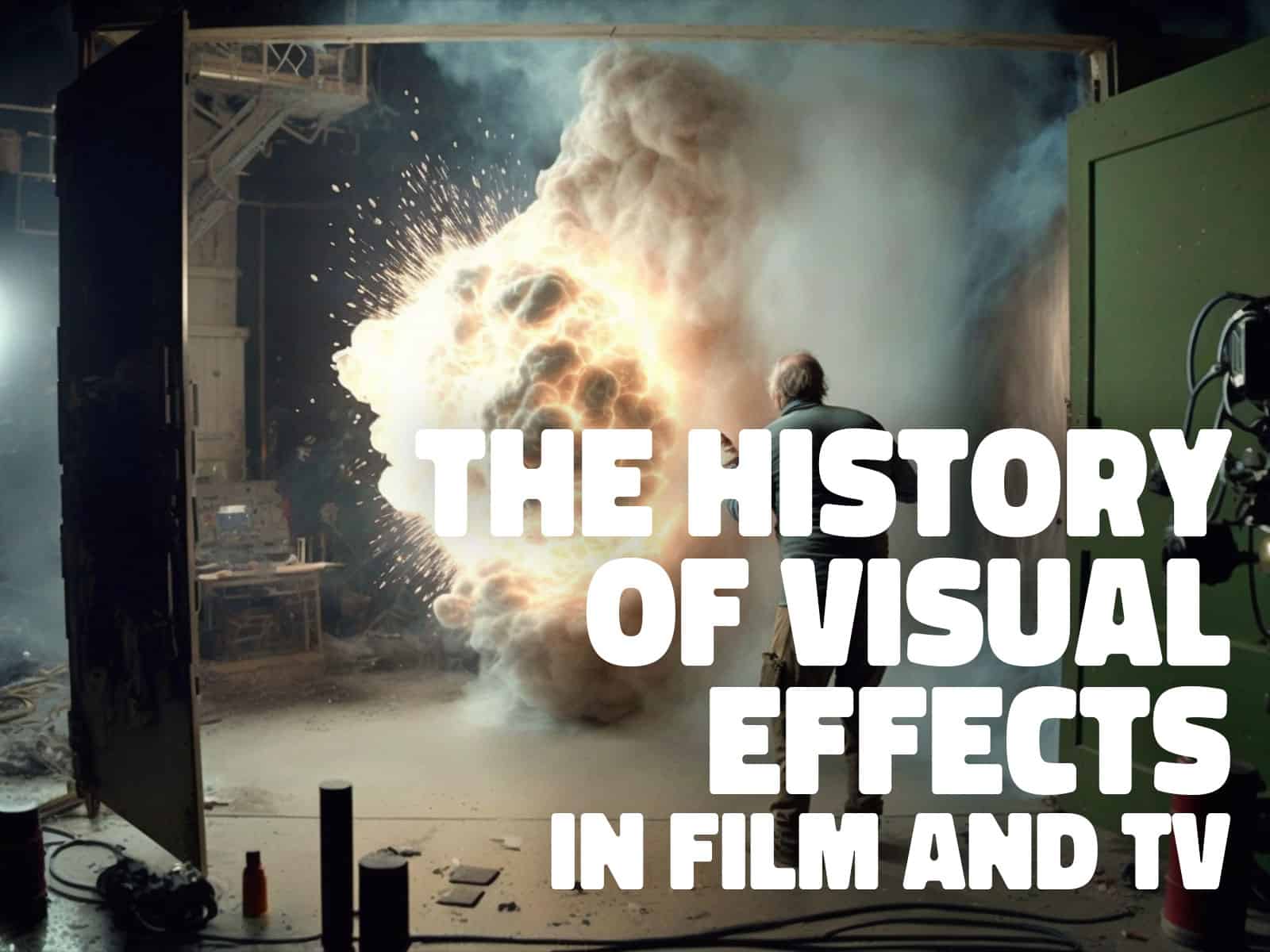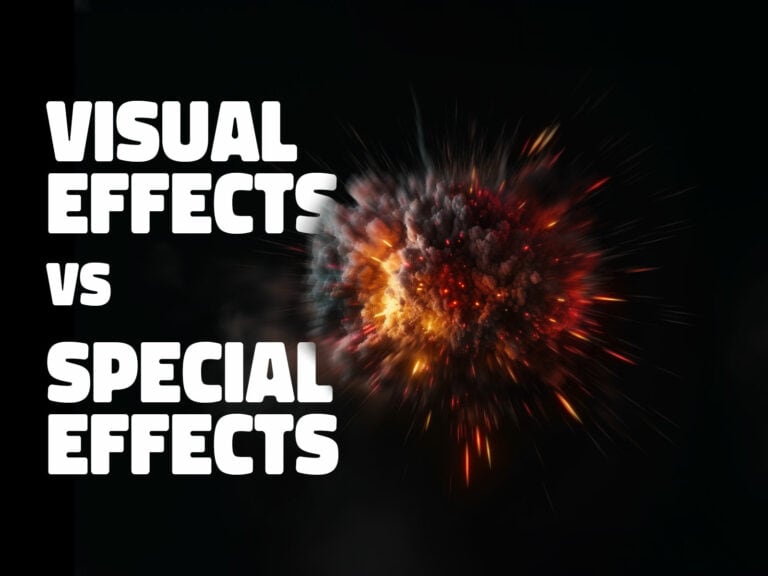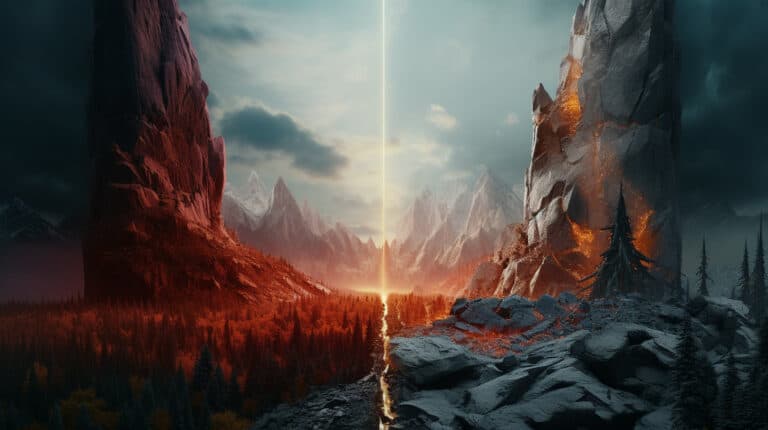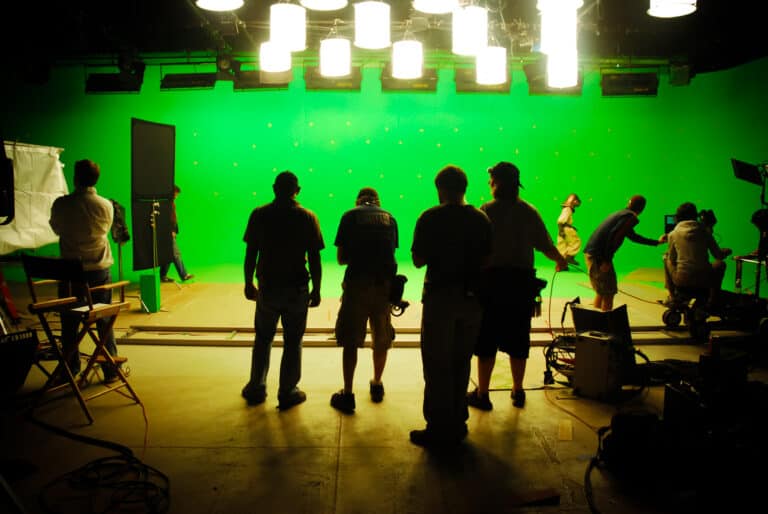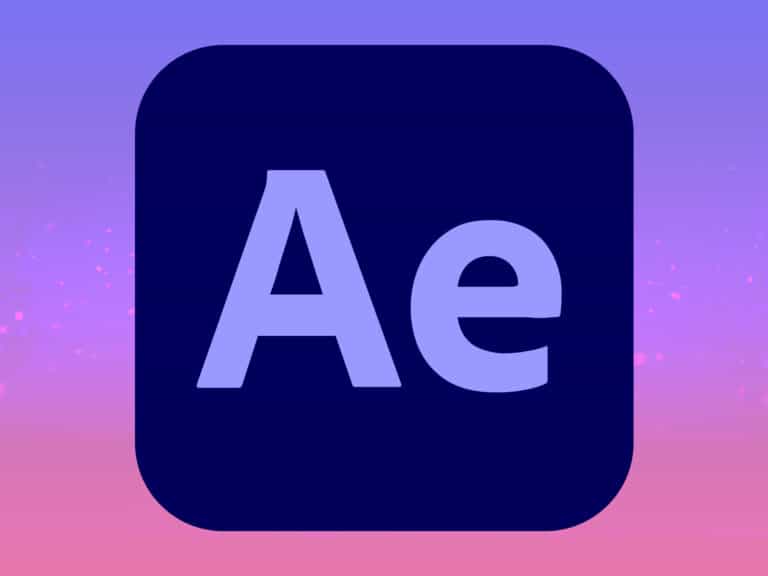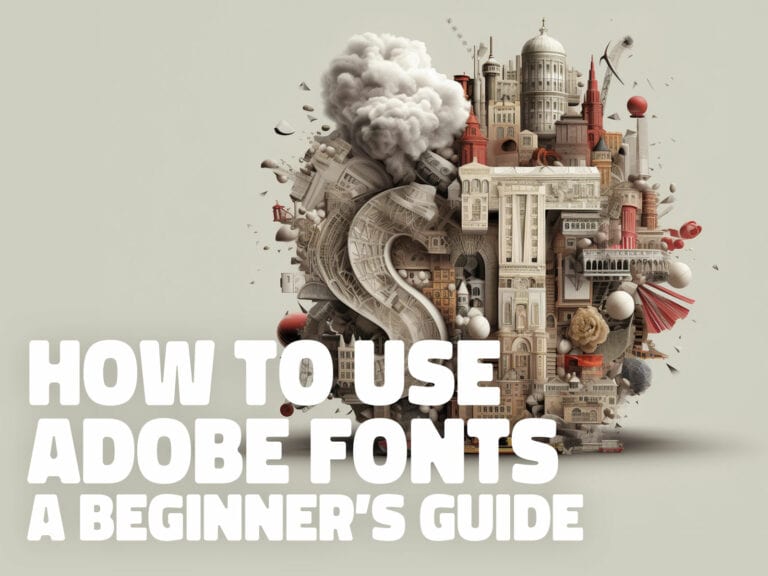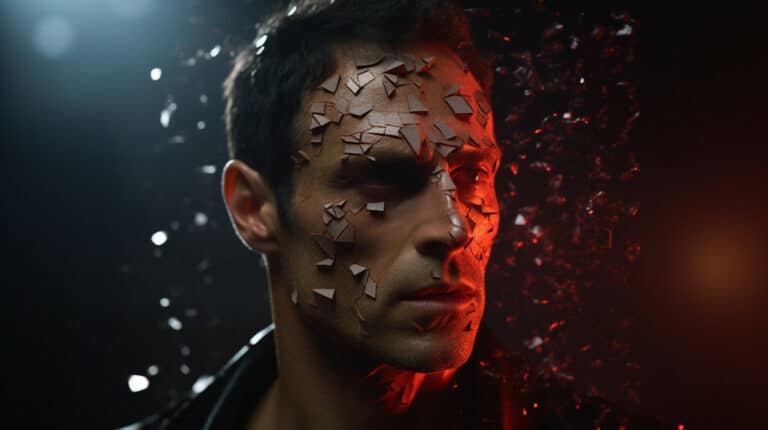The History of Visual Effects in Film and Television
From the earliest days of cinema, filmmakers have used various techniques to create stunning and realistic images on the screen. Over time, technology has advanced, and the art of visual effects has evolved into a highly sophisticated field.
Visual effects (VFX) are now used to create everything from subtle touches to larger-than-life scenes that wouldn’t be possible without the help of computers and modern technology. In this article, we will explore the history of visual effects and how they have impacted the film and television industry.
The early days of film and visual effects
The early days of film and visual effects were a period when groundbreaking discoveries and technological achievements occurred in rapid succession. Film pioneers like George Méliès and William Friese-Greene explored the possibilities of combining shots with manipulated backdrops, double exposures, breakthrough animation techniques, mechanical devices, and special effects to create fantastic and visually stunning scenes.
During the 1930s and 1940s, visual effects continued to evolve with the development of new technologies. Technicolor, a color motion picture process, was introduced and became widely used in Hollywood. This process allowed filmmakers to create vibrant and colorful images, which added a new dimension to their visual effects.
Visual Effects in the Golden Age of Hollywood
The 1950s and 1960s are often referred to as the end of the golden age of Hollywood. This period saw the development of many groundbreaking technologies, including the sodium vapor process (yellowscreen) and the use of front and rear projection. These advancements allowed filmmakers to create new and innovative visual effects that were previously impossible.
One of the most famous visual effects films of this era is Mary Poppins which employed a number of groundbreaking visual effects, including the aforementioned sodium vapor process, large-scale miniatures as well as the famous scenes combining hand-drawn animation with live-action actors.
The modern era of VFX
Starting with the groundbreaking 2001: A Space Odyssey, a new era of visual effects had begun. Many of the techniques used in 2001: A Space Odyssey had been used before, but never had they been used on such a large scale and as expertly executed. The film’s success signaled a new age of possibilities for visual effects.
Star Wars
Much like 2001, Star Wars took many of the existing visual effects techniques and did them better than anyone else ever had, as well as doing them at a scale that had not been seen before.
First Motion Controlled Camera
One of the greatest VFX inventions created during the production of Star Wars was the Dykstraflex camera system, named after the film’s effects supervisor John Dykstra. This new camera system allowed for digitally controlled repeatable movements on seven axes. This meant they could create complex, perfectly repeatable shots that involved pan, tilt, roll, boom, track, swing, and traverse movements.
These repeatable camera movements were used to capture various takes (passes) of scale models (mostly spaceships). These passes could then be used to composite the miniatures with an accuracy never before seen.
Star Wars is one of the most famous and successful visual effects films ever made. The film’s innovative use of compositing, bluescreen, stop motion, matte paintings, optical effects, and model miniatures revolutionized the film industry and sparked the creation of the visual effects industry. It was a landmark achievement that influenced VFX for decades to come.
The beginnings of CGI
In the 1970s, computer-generated imagery (CGI) started to garner the interest of Hollywood filmmakers. The first use of CGI in the film was seen in Westworld, which presented the viewers with a stylized POV of Yul Brynner’s android character.
In those early days of CGI, it was primarily used to create, animate and represent computer displays and interfaces. For example, in Star Wars, computer-generated imagery was used to depict the wireframe blueprints of the Death Star.
In 1982, the film Tron blazed a trail by becoming the first movie to use completely computer-generated scenes.
How digital technology has changed the landscape of visual effects
Digital technology has dramatically changed the landscape of visual effects in film and television, revolutionizing how they are crafted and experienced. Viewers today enjoy a much more immersive experience when watching popular shows or movies – digital technology enables visuals that could not be seen before, recreating natural phenomena with unparalleled accuracy.
Where these effects were once painstakingly crafted by hand, creators now have access to powerful tools such as digital compositing that enable incredibly lifelike visuals in minutes. With this ever-evolving landscape of visual effects at our fingertips, the possibilities for exploration and expression are limitless.
The Advancements of the 21st Century
Today, filmmakers have access to a wide range of tools and techniques that allow them to create stunning and realistic images on the screen.
One of the most significant advancements in recent years has been the use of motion capture technology. This technology allows filmmakers to capture the movement of live actors and translate it into digital characters, such as the characters in the film Avatar.
The future of visual effects in movies and film
The future of visual effects in movies and film is looking brighter than ever before. Advances in technology have given filmmakers the ability to create stunning visuals and unique, realistic worlds that were only possible in dreams prior to this era. As technology continues to grow, so too will the capabilities of filmmakers when it comes to delivering these impactful visuals for audiences.
Virtual Production
Another recent development is the use of virtual production, which allows filmmakers to create and visualize virtual sets and environments in real time. This technology has been used in numerous blockbuster films, such as The Jungle Book, which was entirely shot on a virtual set.
Visual effects have already become an integral part of filmmaking, both in blockbuster films and in more independent productions. We will likely see more directors taking advantage of these tools to shape their stories without restriction or limitation, blurring the line between reality and fiction in a captivating way.
The Impact of Visual Effects
Visual effects have had a profound impact on the film and television industry. They have allowed filmmakers to bring their visions to life in new and innovative ways and have enabled them to create worlds that would otherwise be impossible to capture on camera.
Visual effects have also allowed filmmakers to explore new storytelling possibilities. They have opened up new avenues for creative expression and have expanded the limits of what is possible in filmmaking.
Conclusion
In conclusion, the history of visual effects in motion pictures is a rich and fascinating one, full of incredible advancements and innovations. From its earliest days, visual effects have continued to evolve and push the boundaries of what is possible in filmmaking.
Today, visual effects are an essential part of the film and television industry, and they continue to play a major role in shaping the way we experience and tell stories on the screen.

